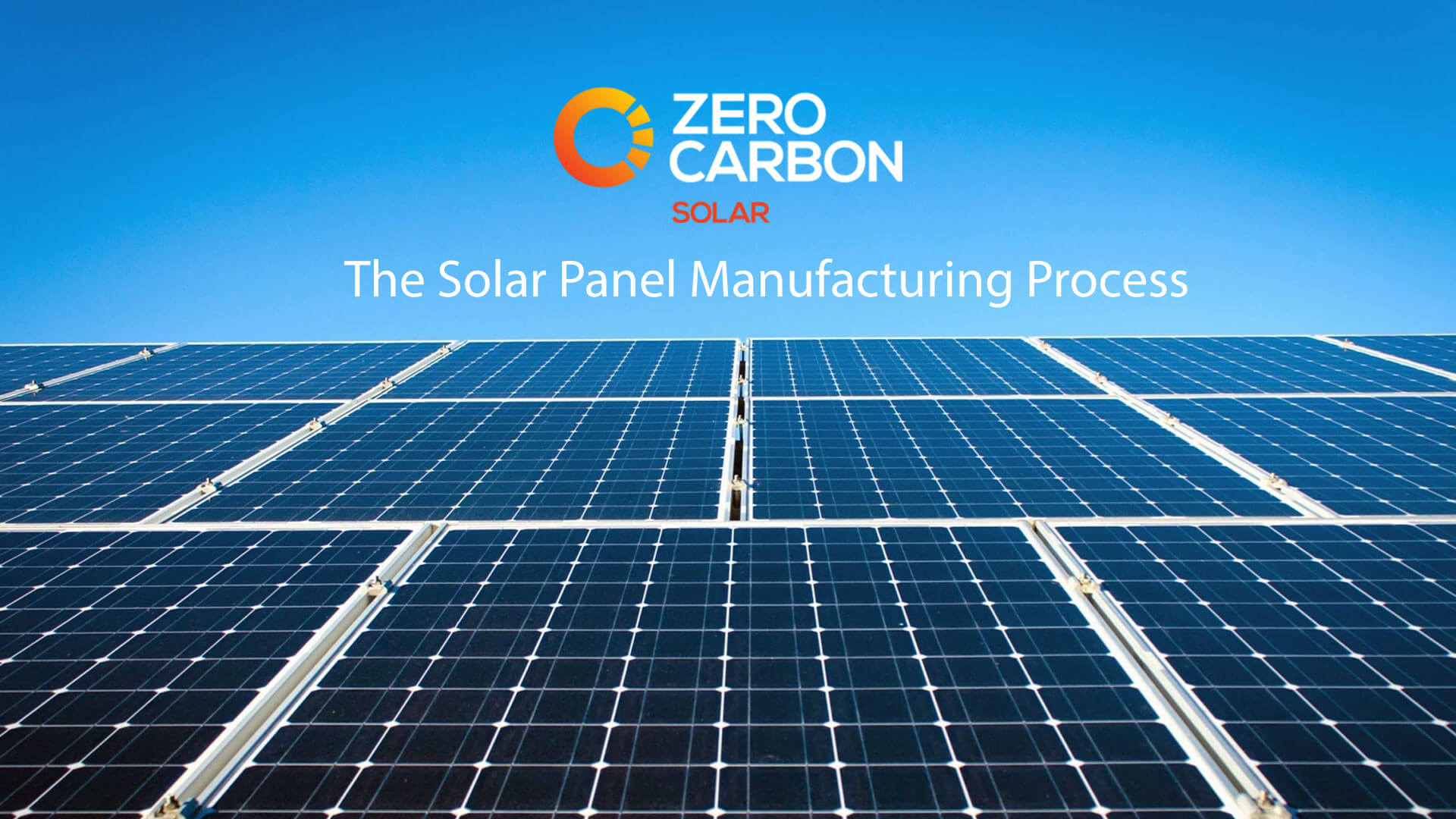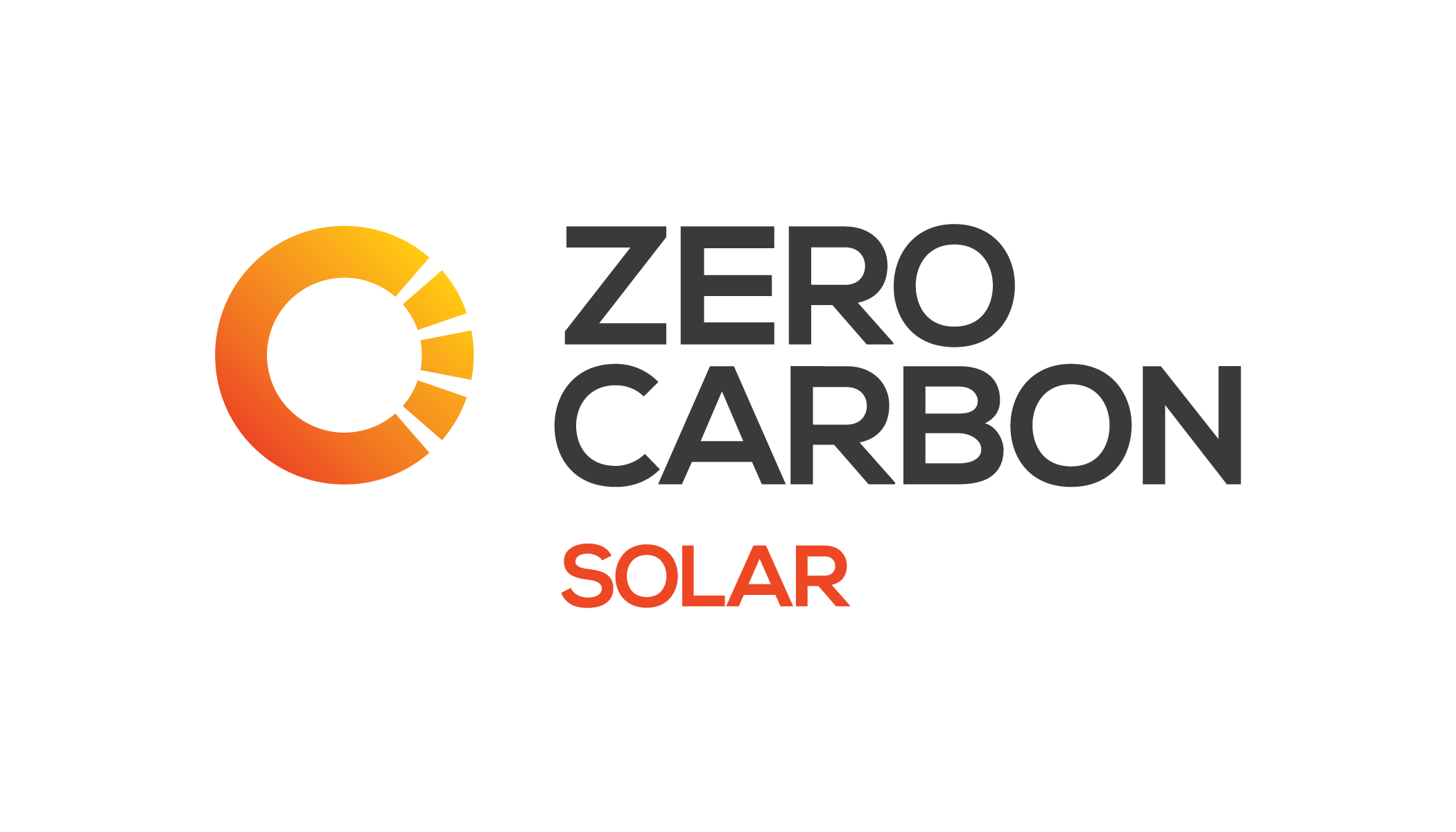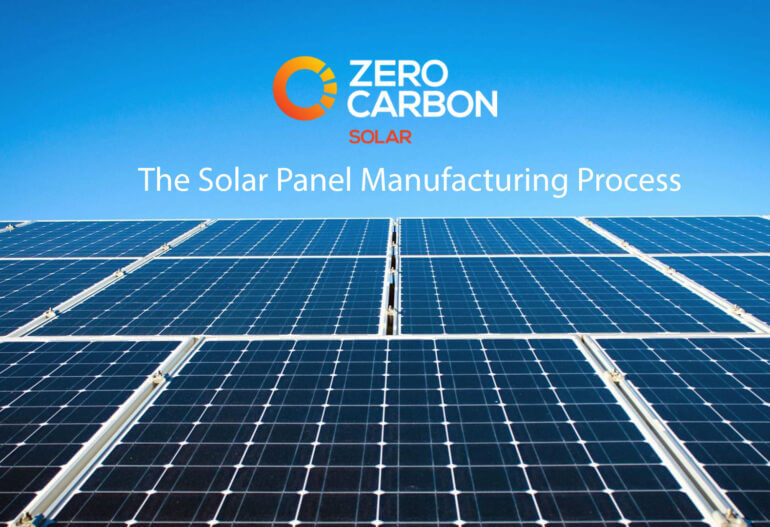The solar panel manufacturing process will be quite easy to understand if you read this article till end. The combination of economic difficulties associated with the exploration, production and transportation of hydrocarbons, as well as environmental impacts caused by the combustion of these hydrocarbons, make the concern of obtaining energy/electricity using renewable energy sources quite visible.

Human desire to find a new inexhaustible source of energy, safe for our and other planets, has led to the fact that solar energy is now becoming an increasingly popular topic around the world.
Energy consumption by humans is growing, and traditional resources (oil, gas and coal) on Earth are limited, besides, their intensive use by humans pollutes the planet. Compared to other alternative energy sources (hydropower, mechanical and thermal energy of the World Ocean, wind and geothermal energy), the energy of the Sun has unlimited potential, the Sun carries an unlimited supply of energy, you just need to learn how to use it correctly.
In this regard, the world market is witnessing intensified work to develop technologies and reduce prices for solar panels; leading institutions and manufacturers of the world are working on this issue. The governments of many countries are adopting programs to support solar energy. Our state has adopted a number of amendments to the Federal Law “On Electricity”, thus breaking the monopoly in the energy sector, but there are no acts for this yet, and it is not known how they will look.
Another key point for the solar panel manufacturing process should be noted and it is about assembly of solar panels. The technological process for the production of solar cells consists of a number of procedures that are associated with metallurgy, chemistry, machining and assembly of finished products. However, the solar panel manufacturing process will be explained below.
Solar Cell Manufacturing Sequence
A continuous electric arc furnace is used. Impurity content remain around 2-4%. After pouring and cooling, the material is crushed in mills to the size of fractions as agreed with the customer (1-5 cm). For subsequent processing, fractions of 0.1-1 cm are required.
The production of polycrystalline silicon consists of several processes that are linked into one technological chain:
Conversion of technical silicon into a gaseous state:
The most widespread technology is the production of a gaseous silicon-chlorine compound in a pseudo-boiling bed. As a result of the reaction, trichlorosilane (TCS) is obtained – the main product, silicon tetrachloride – not completely reacted silicon in the form of dust, which is sent back to the reaction zone.
At a temperature of 265 ° C, the TCS yield reaches 95%. The temperature regime has a great influence on the yield of the main product, because the reaction is exothermic (with the release of heat) and the moisture content in industrial silicon. For example, a deviation of the temperature regime from the optimal value by ± 20-25 ° С reduces the TCS yield by 30%. There are other methods of obtaining gaseous silicon (chlorination or iodination), but they have not received industrial distribution.
Purification of the gas mixture from impurities:
The steam-gas mixture from the reactor zone is rapidly cooled to 95 ° C, as a result of which low-boiling gases containing impurities in the form of complex salts are condensed and removed. Additional cleaning occurs when the gas mixture passes through a layer of aluminum shavings or a mechanical mixture with silver, copper or antimony. The purification technology is a trade secret of the manufacturer.
Recovery of metallic silicon from gas:
Another important phase in the solar panel manufacturing process is about metallic silicon. To obtain polycrystalline silicon in the form of rods, multiple columns with seed rods (or plates) are used, which are heated in a gaseous medium from purified hydrogen. To improve the quality of the deposited silicon (polycrystals), the walls of the reactors are made of special steels and covered with protective films. The degree of purification is 99.996%.
At this stage, the technology is fully substantiated theoretically, therefore, the main direction of increased productivity remains the automation of systems for maintaining optimal temperature conditions and concentrations of active elements in the reactor zone, as well as the quality of preparation of starting and recycled materials.
Obtaining monocrystalline silicon
Almost 90% of industrial silicon is obtained by the Czochralski method, according to which polycrystals are melted in an induction furnace in an inert gas environment (argon) with a discharge in the melting zone (140 Pa) and the sequential formation of a single crystal body.
Alloying elements (P, B, As, Sb, etc.) or their alloys with silicon are added to the melt scenario in order to obtain basic n or p-conductivity. The formation process is fully automated. The remaining 10% of single crystals are obtained by crucible-free zone melting (BZP). This is another crucial phase in the solar panel manufacturing process.
Cutting the workpiece with diamond saws into measuring discs:
The machining of ingots begins with removing the seed and tail ends of the ingot, turning the outer diameter, making flats (for subsequent corrective orientation based on the results of crystallographic research) and cutting off the control disk. With the help of a control disk, after appropriate surface preparation, the spatial orientation of the crystal is determined.
Now you will see formation of an additional n or p-layer and contact conductive layers on both sides of the plate. For the manufacturing of ohmic contacts to silicon, silicon-metal alloys are used – silicides (titanium-tungsten disilicide, aluminum silicide, etc.). Contact zones are created by chemical vapor deposition of silicides (CVD) or by spraying (evaporation). Transparent and translucent contacts are made of indium and tin oxide are obtained by reactive sputtering of a mechanical mixture of an In-Sn target in an oxygen atmosphere.
Manufacturing the modules
The assembly of the module takes place in a room with climate control and air purification systems. The conveyor assembly technology ensures that there is no possibility of oil and fat or other contaminants from the moment the plate is cleaned and then the module is sealed. The solar panel manufacturing process is monitored under highly advanced technology. That’s why we see 20+ years’ production capacity on behalf of solar panels.
You can also read the following most famous articles:




